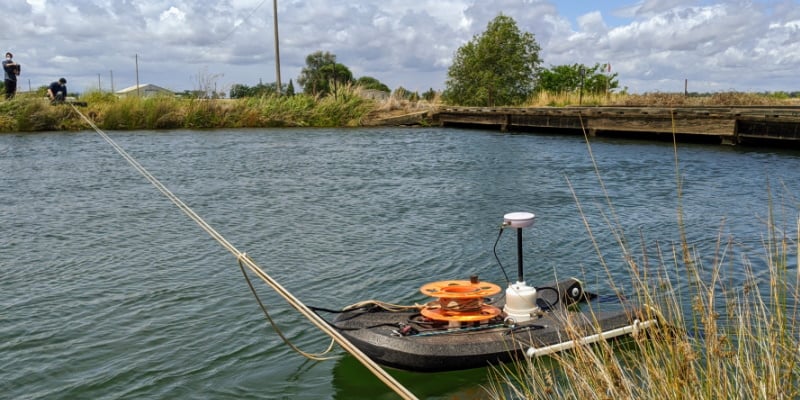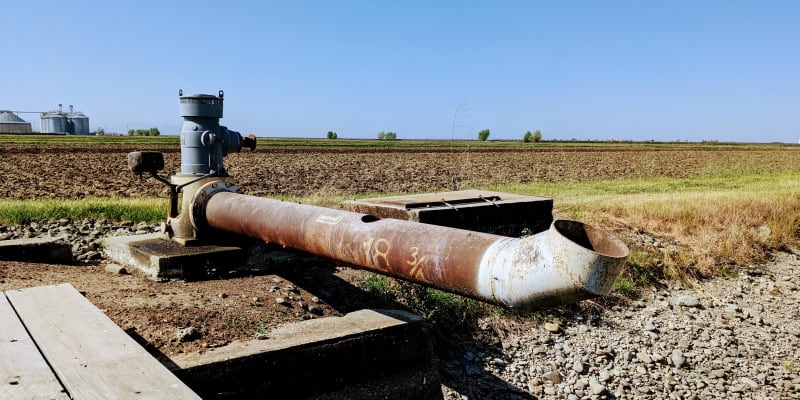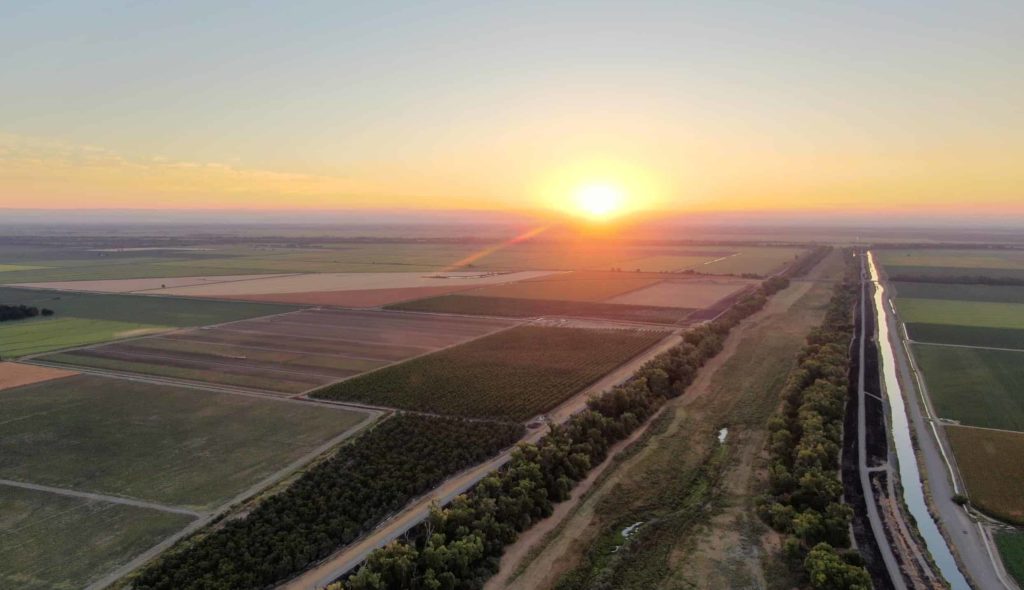Water is an essential part of everyday life on our planet. There are not many things as sweet as the right amount of water at the right time – just picture a cold glass of water after time outside on a hot, sunny day – but as we further develop our world and stretch our use of natural resources, finding that sweet spot of the right amount of water at the right time becomes increasingly challenging. This is especially true in California (where Davids Engineering’s three offices are located and our main place of work) as well as the rest of the arid western United States. This region has experienced “weather whiplash” in recent years, rapidly transitioning from too little water (i.e., drought) to too much water (i.e., flooding) with little to no warning.
In California, we’ve recently gone from three consecutive years of increasingly severe drought in 2020-2022 to one of the wettest and coldest winters on record. The transition from extremely dry to extremely wet conditions this past winter caused a multitude of unique issues for the state such as the build up of a huge snowpack in the Sierra Nevada mountains, levee breaks and flooding, the re-emergence of Tulare Lake, and snow in strange places. We’ve also seen a flurry of activity from water managers responsible for achieving sustainable groundwater management as they try to find quick, creative ways to move the sudden surplus of water above the ground down into our depleted aquifers.
Colder weather this past winter also caused a greater portion of this abundant precipitation to fall as snow rather than rain and allowed continual build-up of snow high in the mountains rather than the intermittent melt cycles that can often occur during California winters. Now as we continue our transition into spring and summer, with warmer temperatures and longer days, that built-up snowpack is melting and making its way downhill. It remains to be seen how long the snowpack will last, and how quickly the meltwater will flow down into the valley and further stress some of the worn and weary flood control systems that have already been battered by heavy storms over the winter.
To the extent it doesn’t further exacerbate flooding issues, this large amount of water will relieve some of the pressures placed on water managers from the recent drought. In some cases, we’ve already seen the exciting effects of a wet winter as the recent precipitation has made its way into the ground and raised groundwater levels in some areas (see hydrograph below). Detailed, up-to-date information on groundwater levels are also available through California’s Groundwater Live. However, many wells pull water from deep underground, and it will take a lot more than one wet winter (or even a series of wet winters) to recover from sustained periods of pumping (and a long history of overdraft in some areas). Although conditions vary widely across California and each location has a unique story to tell, with general trends of increased groundwater extraction and aquifer depletion during the drought, along with heavy snowpack in the mountains and flooding in the valley, we find ourselves in the unique position of simultaneously having too much and not enough water here in California.
Water in California will always be an exciting and ever-changing story as we cycle through wet and dry periods (with extreme events that are only getting worse); there is no such thing as a “normal” year. Even the water year indices developed and tracked by the California Department of Water Resources that define overall conditions for each year include classifications for “above normal” and “below normal,” but doesn’t dare define what a “normal” year for California might be. All of this adds up to a challenging and exciting issue: How do you simultaneously manage too much and too little water? Here at Davids Engineering, we’re thankful to be able to partner with California’s water managers to seek the best management approaches to face this issue and manage our water resources as effectively as possible.
Written by Davids Engineering staff in the Water Solution

The groundwater level record above for January 2020 through late March 2023 at Station 16N03E17J003M in Sutter County in the Sacramento Valley shows seasonal groundwater fluctuations over the last three years. Due to the wet winter, groundwater levels in early 2023 have recovered to a level not seen since Spring 2020. Additionally, in 2021 and 2022 the peak groundwater levels occurred in February. In 2023, the groundwater level has continued to increase into the spring.




